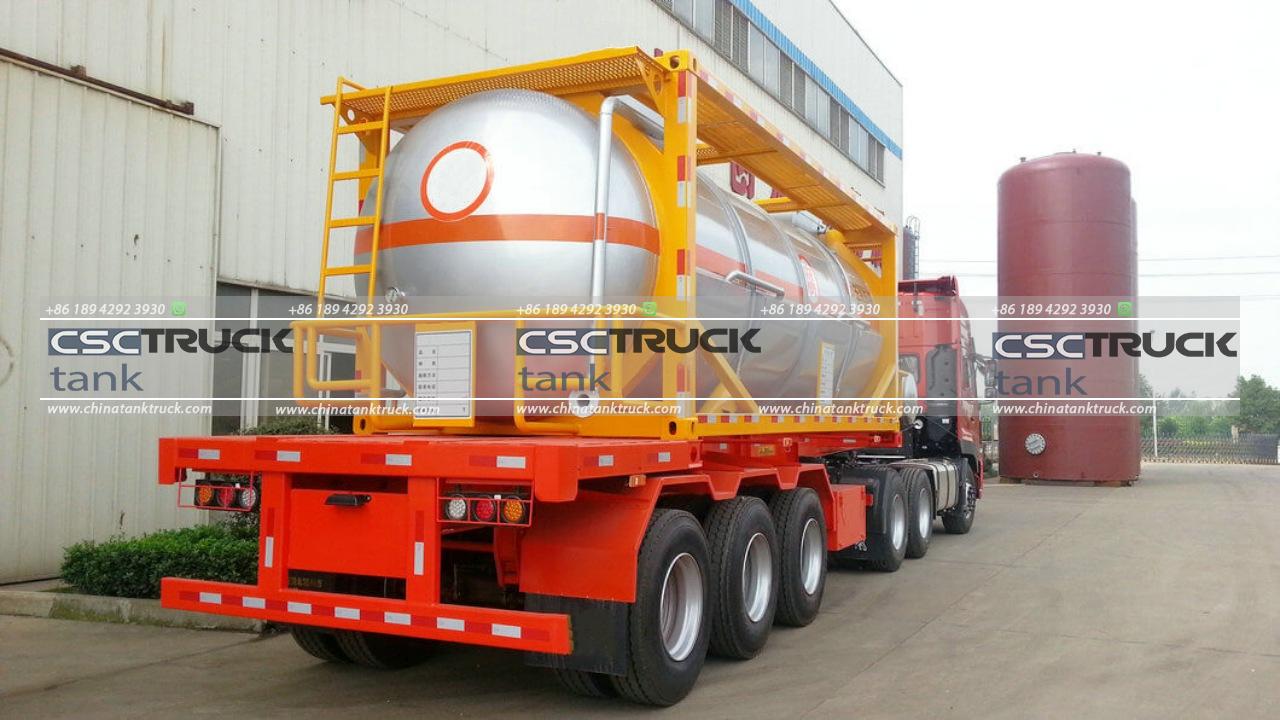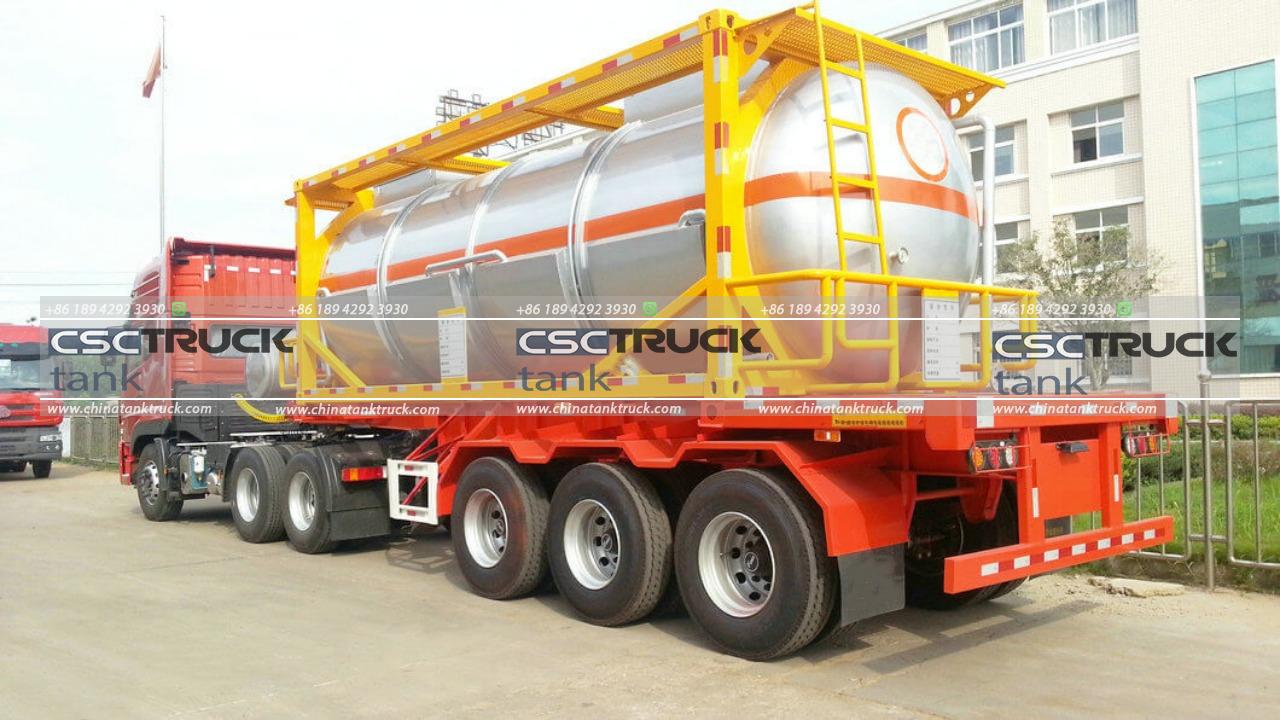What are the Dimensions of an ISO Container Truck?
In global trade and logistics, ISO container trucks play a critical role in streamlining the movement of goods across various modes of transport, including ships, trains, and trucks. When it comes to road transport, understanding the dimensions of an ISO container truck is essential for efficient loading, unloading, and compliance with road regulations. This article delves into the key dimensions of an ISO container truck, helping you grasp how these trucks are designed to accommodate ISO containers and ensure smooth transportation.
Understanding ISO Containers
Before diving into the truck dimensions, it’s crucial to understand what an ISO container is. ISO stands for the International Organization for Standardization, which has set standardized dimensions for shipping containers to ensure uniformity in global trade. The most common ISO containers are 20 feet and 40 feet long, but variations exist, including 45 feet, 48 feet, and 53 feet.
These containers are designed to be robust and versatile, fitting on various transportation modes. Their standardized dimensions help streamline the loading process and enable seamless transfer between different transport modes without repackaging.

Key Dimensions of ISO Container Trucks
ISO container trucks, often referred to as container chassis trucks, are specially designed to carry ISO containers. The dimensions of these trucks are tailored to match the standard container sizes. Here’s a breakdown of the typical dimensions you can expect:
1. Truck Length
The length of an ISO container truck generally corresponds to the container it is designed to carry. For standard containers, the truck length is approximately 20 feet or 40 feet. However, some trucks can be equipped with extendable chassis to accommodate containers of varying lengths.
– 20-foot Container Trucks: These tank trucks have a chassis length of around 20 to 21 feet. This allows them to carry a standard 20-foot ISO container without overhanging or excessive space.
– 40-foot Container Trucks: Trucks designed for 40-foot containers typically have chassis lengths of about 40 to 42 feet. This ensures a snug fit for the container while adhering to road safety standards.
For longer containers like 45 feet, 48 feet, or 53 feet, specialized trucks are available. These trucks often have extendable or adjustable chassis to accommodate these larger containers, although they are less common.
2. Truck Width
The width of ISO container trucks is standardized to match the container’s width, which is typically 8 feet (2.44 meters). This width ensures that the container fits securely on the truck and complies with road regulations in most countries.
– Standard Width: The standard width of container trucks is about 8 feet (2.44 meters), aligning with the ISO container dimensions.
3. Truck Height
The height of an ISO container truck is influenced by the height of the container it carries. ISO containers are usually 8.5 feet (2.59 meters) high for standard versions. However, high-cube containers, which offer extra interior height, are typically 9.5 feet (2.89 meters) high.
– Standard Height: Trucks carrying standard containers will have a height clearance that matches the 8.5 feet (2.59 meters) container height.
– High-Cube Container Trucks: For high-cube containers, the truck needs additional height clearance, often reaching around 9.5 feet (2.89 meters).
Key Considerations for Truck Dimensions
1. Legal Regulations
Each country has specific regulations regarding the dimensions of container trucks to ensure road safety and compliance. For instance, in the United States, the Federal Motor Carrier Safety Administration (FMCSA) has regulations that truck dimensions must adhere to, including length, width, and height limits. Similarly, European regulations have specific limits that trucks must comply with.
2. Weight Limitations
The weight of the ISO container and its contents is another critical consideration. Container trucks must be able to support the weight of the container and its cargo without exceeding legal weight limits. The Gross Vehicle Weight Rating (GVWR) of the truck must be adequate to handle the combined weight of the truck, container, and cargo.
3. Maneuverability and Parking
The dimensions of container trucks also impact their maneuverability and parking. Longer trucks, especially those with extendable chassis, may have difficulties navigating tight spaces and making sharp turns. This can affect delivery efficiency and the ease of accessing certain locations.
Types of Container Chassis
Container chassis trucks come in various configurations to accommodate different container sizes and types. Here are some common types:
– Fixed Chassis: Designed to carry a single-size container, either 20 feet or 40 feet. These are straightforward and often used for regular, predictable routes.
– Extendable Chassis: These can adjust in length to accommodate containers of varying sizes, including 45 feet and 53 feet. They offer flexibility but may require additional maintenance.
– Drop Deck Chassis: These have a lower deck height and are used for carrying high-cube containers or oversized loads. They are designed to reduce the overall height of the truck, making it suitable for areas with height restrictions.

Conclusion
Understanding the dimensions of an ISO container truck is vital for anyone involved in logistics, transportation, or global trade. The truck’s length, width, and height are carefully designed to match the ISO container dimensions, ensuring efficient and compliant transport of goods.
Whether dealing with standard 20-foot and 40-foot containers or larger variants, the dimensions of container trucks must align with regulatory requirements and operational needs. By considering these dimensions and their impact on truck performance, logistics professionals can enhance their transportation strategies and contribute to the smooth flow of international trade.

